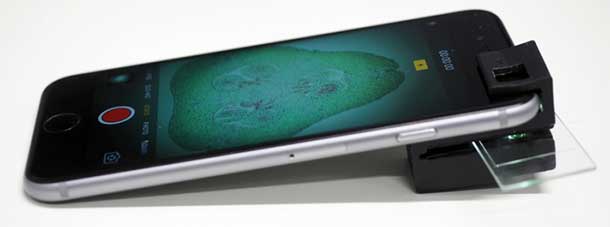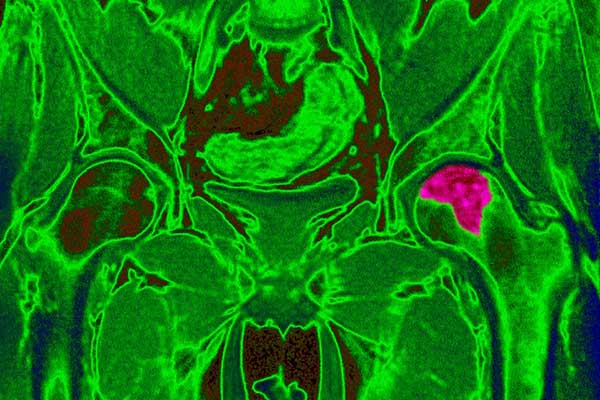Anyone, whether you are a scientist or are just curious, can now turn the humble smartphone into a fully functional microscope. Researchers behind the development of the tool have made the 3D files publicly available. So if you have a 3D printer, you can create the microscope and soon get started on examining various samples.
This isn’t the first attempt at turning a smartphone into a microscope, but it shown the most promise. Developed by researchers at the ARC Centre of Excellence for Nanoscale BioPhotonics of the RMIT University in Australia, the clip-on magnifies up to 1/200th of a millimeter. It’s also different from previous versions since it doesn’t use external light or power sources.

Previous attempts at creating a smartphone microscope have made use of LEDs and power sources, but Australian researchers tapped into resources available on the mobile device itself. Dr Antony Orth, lead developer on the project, said that their mobile phone microscope uses the “integrated illumination” available in almost all smartphone cameras.
The clip-on was designed with internal illumination tunnels that guide the light from the flash of the camera to light the sample from behind. With this, Orth and fellow researchers have overcome an issue with other phone-based microscopes: the elimination of additional illumination optics.
With a smartphone microscope, the cost of and complexity of assembly is significantly reduced. There is only one simple assembly step required to get the device ready to go. Orth says that there is a lot of potential for the clip-on to be used as a scientific tool.
He adds that the 3D printed clip-on can be taken along for onsite or remote-area monitoring. Traditional equipment for such activities tend to be bulky, which makes them impractical. So the availability of a much smaller device that can perform the same task makes outdoor studies more convenient.
Capable of visualizing specimens as small as 1/200th of a millimeter, this clip-on device can be used to examine animal and plant cells, blood cells, cell nuclei, and microscopic organisms, among others.
The team behind the mobile device microscope expects it to be used for tasks such as testing the cleanliness of water, detecting disease, and checking blood samples for the presence of parasites.
Orth and his colleagues have tested the microscope in several areas. They have successfully visualized samples such as zooplankton and semen from live cattle. With the files available to the public, just about anyone with access to a 3D printer can start being curious about the small things.
References
http://cnbp.org.au/online-tools – 3D printing files
https://www.engadget.com/2018/02/20/3d-printed-smartphone-microscope-is-good-enough-for-scientists/

